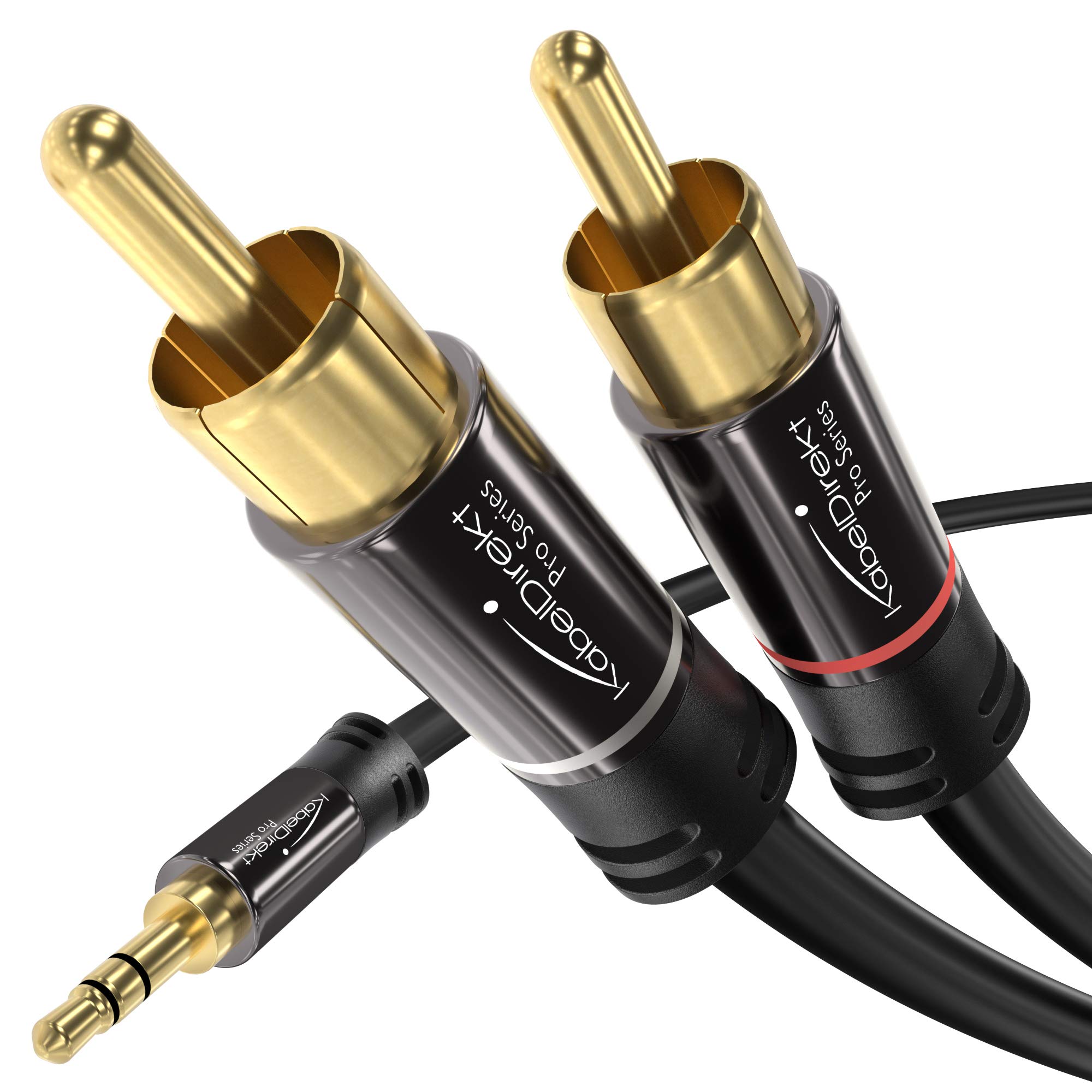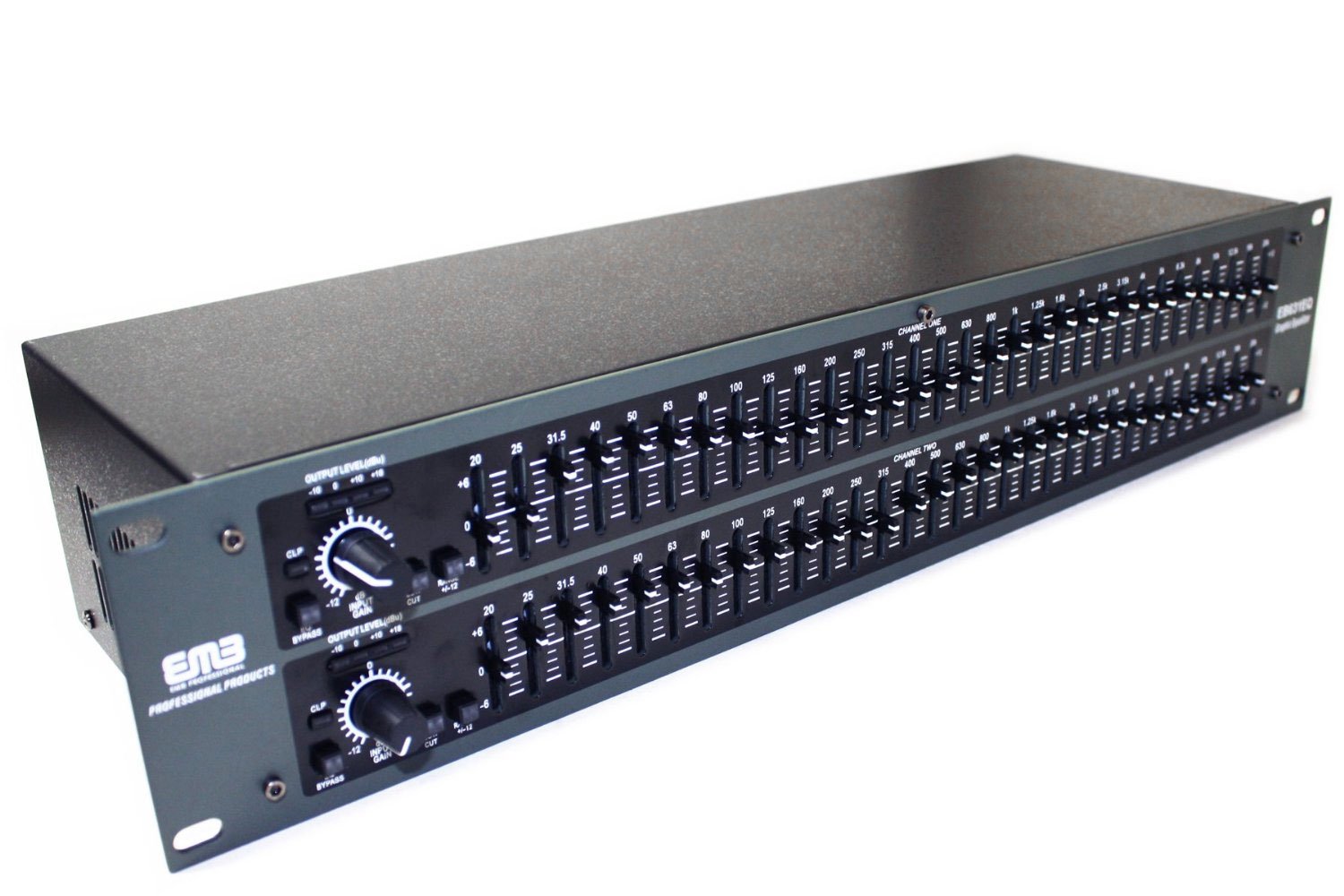Having trouble with sound on your Windows 10 computer? Let’s dive into some solutions.
Before You Begin
1. Check your sound card: Ensure that your sound card is properly installed and functioning correctly. If you suspect any issues with your sound card, consider updating or reinstalling the necessary drivers.
2. Verify Windows 10 settings: Check your Windows 10 sound settings to make sure they are configured correctly. You can access these settings through the taskbar or the Start menu.
3. Troubleshoot specific devices: If you are experiencing sound issues with specific devices, such as USB headphones or HDMI output, troubleshoot them individually. Check for any driver updates or compatibility issues.
4. Use System Restore: If you recently made changes to your computer hardware or installed new software, consider using System Restore to revert your system back to a previous state where the sound was functioning properly.
5. Check for application-specific issues: If you are only experiencing sound problems with certain applications, check their respective sound settings or try reinstalling them.
6. Utilize the Control Panel: Take advantage of the Control Panel in Windows 10 to access additional sound settings and options. Adjust the sound settings according to your preferences.
7. Consider third-party tools: Explore third-party tools and software that specialize in fixing sound issues. These tools can provide additional troubleshooting options and help you diagnose the problem more effectively.
Verify Audio Connections

1. Check physical connections: Ensure that your speakers or headphones are properly connected to the appropriate audio ports on your computer. If you are using external speakers, make sure they are powered on and connected to the correct audio input.
2. Inspect cables and connectors: Examine the cables and connectors for any visible damage or loose connections. If necessary, try using different cables or connectors to rule out any potential issues.
3. Adjust volume settings: Click on the speaker icon in the taskbar or go to the Start menu and open the Sound settings. Make sure the volume is not muted and that it is set to an audible level. You can also adjust the volume for individual applications using the volume mixer.
4. Update audio drivers: Outdated or incompatible audio drivers can cause sound issues. Open the Device Manager and expand the “Sound, video, and game controllers” category. Right-click on your audio device and select “Update driver.” You can choose to search automatically for updated driver software or manually install the latest driver from the manufacturer’s website.
5. Run the Windows troubleshooter: Windows 10 includes a built-in troubleshooter that can help diagnose and fix sound problems. Right-click on the speaker icon in the taskbar and select “Troubleshoot sound problems.” Follow the on-screen instructions to let Windows identify and resolve any issues.
6. Check application settings: If the sound issue is specific to a particular application, ensure that the audio settings within that application are properly configured. Look for options related to audio output devices and make sure the correct device is selected.
7. Test with different audio sources: Try playing audio from different sources, such as a different media player or a different website, to determine if the issue is specific to a particular source or more widespread.
8. Restart your computer: Sometimes, a simple restart can resolve sound issues by refreshing the system and clearing any temporary glitches.
Update Windows and Drivers
![]()
To fix sound issues on Windows 10, one of the first steps you should take is to update your Windows and drivers. Outdated software can often cause sound problems, so keeping everything up to date is essential.
To update Windows, follow these steps:
1. Click on the Start menu and select “Settings.”
2. From the Settings menu, click on “Update & Security.”
3. In the Windows Update section, click on “Check for updates.”
4. Windows will now search for any available updates. If updates are found, click on “Download” and let the process complete.
5. Once the updates are downloaded, restart your computer to install them.
Updating your drivers is equally important. Here’s how to do it:
1. Press the Windows key + X on your keyboard and select “Device Manager” from the context menu that appears.
2. In the Device Manager window, expand the categories to find the devices related to sound.
3. Right-click on the sound device and select “Update driver.”
4. Choose the option to automatically search for updated driver software. Windows will then search for and install any available updates.
5. Restart your computer after the driver updates have been installed.
Updating both Windows and drivers can often resolve sound issues on your Windows 10 PC. If you’re still experiencing problems, you may need to troubleshoot further or seek additional help.
Restart Your Computer

Restarting your computer is often the first step in troubleshooting sound issues on Windows 10. It can help resolve various problems, such as sound not working, distorted audio, or no sound at all.
To restart your computer, follow these steps:
1. Close any open applications or files to prevent data loss.
2. Click on the Start button in the bottom left corner of your screen.
3. Click on the Power icon, which is shaped like a circle with a vertical line inside.
4. Select Restart from the drop-down menu.
After your computer restarts, check if the sound issues have been resolved. If not, you can try some additional troubleshooting steps.
Restart Windows Audio Services
![]()
To fix sound issues on Windows 10, you may need to restart the Windows Audio Services. This can help resolve any glitches or conflicts that may be causing problems with your sound.
Here are the steps to restart the Windows Audio Services:
1. Press the Windows key + R on your keyboard to open the Run dialog box.
2. Type in “services.msc” and press Enter. This will open the Services window.
3. In the Services window, scroll down until you find “Windows Audio” in the list.
4. Right-click on “Windows Audio” and select “Restart” from the context menu. You can also double-click on it to open its properties and click on the “Restart” button.
5. Wait for the service to restart. You may see the status change from “Running” to “Stopping” and then back to “Running” again.
6. Once the service has restarted, close the Services window and check if the sound issues have been resolved.
Restarting the Windows Audio Services can help refresh the audio system and fix any temporary issues that may be affecting your sound. It’s a simple and effective troubleshooting step that you can try before diving into more complex solutions.
If the sound issues persist even after restarting the Windows Audio Services, you may need to investigate other potential causes such as driver conflicts, hardware problems, or specific software settings.
Use the Audio Troubleshooter
![]()
To access the Audio Troubleshooter, follow these steps:
1. Click on the Start menu and open the Settings app.
2. In the Settings app, click on the “System” option.
3. In the System settings, select the “Sound” option from the left-hand menu.
4. Scroll down to the “Related settings” section and click on the “Troubleshoot” button.
5. In the Troubleshoot settings, click on the “Additional troubleshooters” option.
6. Scroll down and locate the “Playing Audio” troubleshooter. Click on it to run the troubleshooter.
The Audio Troubleshooter will now scan your system for any sound-related issues and provide you with potential solutions. It will check for problems with your speakers, headphones, or other audio devices, and also examine your system settings and drivers.
Follow the on-screen prompts and apply any recommended fixes that the troubleshooter suggests. This may include adjusting your sound settings, reinstalling or updating drivers, or troubleshooting hardware issues.
By using the Audio Troubleshooter, you can quickly diagnose and resolve sound problems on your Windows 10 PC. If the troubleshooter is unable to fix the issue, you may need to explore other troubleshooting methods or seek further assistance.
Remember to regularly check for Windows updates and install any patches or updates that are available. Keeping your system and drivers up to date can often resolve sound issues and improve overall performance.
If you continue to experience sound problems, it may be helpful to consult the Windows 10 support website or seek assistance from Microsoft’s customer support team. They can provide additional guidance and troubleshooting steps specific to your situation.
Adjust Sound Settings

Adjusting Sound Settings in Windows 10
To fix sound issues in Windows 10, you may need to adjust your sound settings. Follow these steps to make the necessary changes:
1. Open the Control Panel by clicking on the Start menu, searching for “Control Panel,” and selecting it from the search results.
2. In the Control Panel, click on the “Hardware and Sound” option.
3. Under the “Sound” section, click on “Manage audio devices.”
4. A new window will open with a list of all the audio devices connected to your computer. Select the device you want to adjust (e.g., speakers, headphones).
5. Click on the “Properties” button.
6. In the properties window, navigate to the “Enhancements” tab.
7. Here, you can enable or disable audio enhancements such as bass boost or virtual surround sound. Check or uncheck the boxes according to your preference.
8. Next, go to the “Levels” tab.
9. Adjust the volume slider to increase or decrease the volume of the selected device.
10. If you’re experiencing sound distortion or low quality, try changing the audio format by clicking on the “Advanced” tab. Choose a different format from the drop-down menu and click “Apply” to see if it improves the sound.
11. If you’re using external speakers or headphones, make sure they are properly connected to your computer via USB, HDMI, or the audio jack.
12. If you’re still encountering sound issues, it’s worth checking if your device drivers are up to date. Visit the manufacturer’s website to download and install the latest drivers for your audio device.
13. Restart your computer after making any changes to ensure they take effect.
Disable Audio Enhancements
1. Open the Control Panel by pressing the Windows key and typing “Control Panel.” Press Enter to open it.
2. In the Control Panel, search for “Sound” and click on the “Sound” option that appears.
3. In the Sound window, navigate to the “Playback” tab.
4. Select the playback device you are using, such as speakers or headphones, and click on the “Properties” button.
5. In the Properties window, go to the “Enhancements” tab.
6. Check the box that says “Disable all enhancements” to turn off any audio enhancements that may be causing issues.
7. Click on the “Apply” button and then “OK” to save the changes.
8. Test your sound to see if the issue has been resolved.
If you’re still experiencing sound issues after disabling audio enhancements, you may need to update your device drivers or check for any software conflicts.
Check Default Audio Devices
To check the default audio devices on your Windows 10 computer, follow these steps:
1. Open the Control Panel by clicking on the Start menu and searching for “Control Panel”. Click on the Control Panel app to open it.
2. In the Control Panel, click on the “Hardware and Sound” option.
3. Under the “Sound” section, click on “Manage audio devices”.
4. A window will open showing all the audio devices connected to your computer. The default playback device will have a green checkmark next to it.
5. To change the default playback device, simply right-click on the desired device and select “Set as Default Device” from the context menu.
6. If you’re having sound issues, it’s also a good idea to check the default recording device. Click on the “Recording” tab in the same window to see the available recording devices. The default recording device will also have a green checkmark.
7. To change the default recording device, right-click on the desired device and select “Set as Default Device” from the context menu.
Remember to test your sound after changing the default devices to ensure they are working properly.
FAQs
Why is my volume not working?
Your volume may not be working because the media volume could be turned down or off. To fix this, go to the Settings app and adjust the Media volume slider to increase the volume. The location of this setting may vary depending on your phone model, but you can try looking for it in Settings > Sound & vibration or Settings > Sounds and vibration > Volume.
Why did my audio suddenly stop working?
Your audio may have suddenly stopped working due to various reasons. These can include outdated or corrupted audio drivers, software bugs or conflicts with other programs, and possible hardware issues with the audio hardware or speaker in your device.
Why does my PC suddenly have no sound?
Your PC may suddenly have no sound due to a few possible reasons. First, check if your speakers are turned on and the volume is high enough. Make sure to unmute all audio components on your PC, sound devices, and apps. Additionally, re-connect any audio cables that may have become loose. Lastly, disconnect your headphones to see if your speakers turn on by default.
How do I get my sound back on Windows 10?
To get your sound back on Windows 10, you can try the following steps:
1. Echoing back the question as a statement: To get your sound back on Windows 10,
2. Check your speaker output.
3. Run the audio troubleshooter.
4. Verify that all Windows Updates are installed.
5. Check your cables, plugs, jacks, volume, speaker, and headphone connections.
6. Check sound settings.
7. Fix your audio drivers.
8. Set your audio device as the default device.

